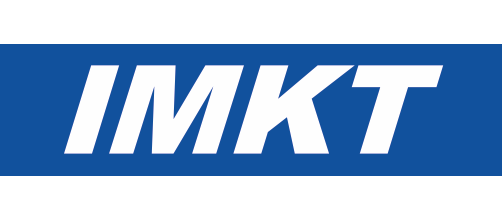Oberflächenanalyse der aus additiven gebildeten tribologischen schichten mit der flugzeit-sekundärionenmassenspektrometrie
- verfasst von
- Dieter Lipinsky, Christoph Brüning, Christoph Mayer, Heinrich Franz Arlinghaus, Tobias Skubacz, Gerhard Poll
- Abstract
A discussion covers an experimental study involving Time of Flight-Secondary Ion Mass Spectrometry (ToF-SIMS) analysis of additive and substrate signals as a function of substrate temperature with respect to frictional loads in gearing as a function of the strata boundary layer structure of a fully additivated lubricant. The additives included zinc dialkyl dithio phosphate (ZDDP) and calcium sulfonate. Discussion topics include introduction; test preparation and analysis conditions; mass spectrometric analysis of thermally formed additive layers; temperature dependence of additive binding; thermal stability of surface films; mass spectrometric analysis of tribologically purposed additive films; residual friction studies with high lateral resolution; synchronization components in continuous connection tests; and summary. The simultaneous behavior of both additives versus temperature and at the beginning of formation of phosphate glass films was analyzed. Temperature programmed Secondary Ion Mass Spectrometry (TP SIMS) indicated that a short time immersion in gear oil yielded a stable phosphate glass film that was less contaminated with sulfur than after a lengthy immersion in heated oil. For the study of temperature dependent binding of surface active additives and the thermal stability of the films thus formed, steel substrates 10 by 10 sq mm, 1 mm thick) were used that had been prepared by immersion in an oil bath. After 96 hr immersion at 130°C in the gear oil, a 100 nm thick thermal phosphate glass film formed. Two approaches were taken to study sliding friction generation of tribological films. One involved use of a table drill machine with integrated thermal oil bath to study varying sliding friction loads, single and multiple friction processes as a function of additive binding and formation of tribofilms. The counter body in the drill lining was brass. To study boundary layers formed upon 100,000 frictional loadings a steel cone and brass synchronous ring with trapezoidal thread was used. The overall study showed that ToF-SIMS serves real systems well and can be of use in further development of materials and material combinations and in the design of tribo-systems.
- Organisationseinheit(en)
-
Institut für Maschinenkonstruktion und Tribologie
- Externe Organisation(en)
-
Westfälische Wilhelms-Universität Münster (WWU)
- Typ
- Artikel
- Journal
- Tribologie und Schmierungstechnik
- Band
- 58
- Seiten
- 29-35
- Anzahl der Seiten
- 7
- ISSN
- 0724-3472
- Publikationsdatum
- 03.2011
- Publikationsstatus
- Veröffentlicht
- Peer-reviewed
- Ja
- ASJC Scopus Sachgebiete
- Werkstoffmechanik, Maschinenbau, Oberflächen und Grenzflächen, Oberflächen, Beschichtungen und Folien


